CSAT (Customer Satisfaction Score) is one of the metrics businesses, including call centers, use to measure the overall level of customer satisfaction with a company, product, or customer service. Since a high CSAT score is typically associated with increased customer loyalty, consistently measuring customer satisfaction through CSAT surveys and improving CSAT scores is critical for most businesses and organizations.
What is Customer Satisfaction (CSAT) Score?
In the call center environment, a CSAT score is a customer service metric that measures how a customer feels after interacting with a company’s customer support representative. Businesses measure customer satisfaction CSAT score by sending out customer satisfaction surveys following up service interactions. A CSAT score is a simple, yet powerful metric that helps businesses get immediate insight into whether a company is meeting customer expectations.
How to Measure a CSAT Score?
Customer satisfaction scores are measured through customer surveys. There is no universally accepted industry standard that defines how exactly a customer satisfaction survey measuring CSAT score should look like. Therefore, the types of CSAT questions and the rating system may vary from business to business. Ideally, a CSAT survey shouldn’t be long to ensure higher response rates. The goal is to get actionable customer feedback without overwhelming the customer.
Types of Customer Satisfaction Survey Questions
The different types of CSAT questions on different scales include:
1. Likert scale questions
These types of CSAT questions ask customers to rate their level of agreement or disagreement with a statement. The Likert scale usually consists of 5 to 7 response options, each representing a different degree of agreement or disagreement (from ‘extremely satisfied’ to ‘extremely dissatisfied’). Respondents are asked to choose the option that best reflects their experience.
- How satisfied were you with the overall purchasing experience?
- How satisfied were you with the level of customer support provided?
- How satisfied were you with the responsiveness of customer service representatives?
2. Rating scale questions
These are the most commonly used types of questions in CSAT surveys. Rating scale CSAT questions ask customers to rate their level of satisfaction with a product, service, or interaction using a numerical rating scale. It typically ranges from 1 to 5 (or 1 to 10), with 1 being the lowest level of satisfaction and 5 (or 10) being the highest level of satisfaction.
- On a scale of 1-5, how would you rate the quality of the products you purchased from our store?
- On a scale of 1-5, how satisfied were you with the checkout process?
- On a scale of 1-10, how satisfied were you with the speed of transaction processing?
3. Binary scale questions
These questions ask respondents to rate their level of satisfaction with a product, service, or interaction on a scale with only two straightforward options: ‘yes’/‘no’ or ‘satisfied’/’not satisfied’. Some examples of binary scale CSAT questions include:
- Did our support representative resolve your issue successfully? Yes/No
- Was our customer support representative helpful and friendly? Yes/No
- Did our staff assist you in a timely manner during your visit to our store? Yes/No
4. Semantic differential scale questions
These types of CSAT questions ask customers to rate their satisfaction on a scale of opposite adjectives (e.g., pleasant/ unpleasant, satisfied/ dissatisfied, good/ bad, etc.). The scale may commonly range between 2 to 7 points. Below are some of the examples of CSAT questions:
- How would you rate your shopping experience with us today? (Unpleasant/ Neutral/ Pleasant)
- How would you rate the level of customer service you received during your visit? (Poor /Neutral/ Excellent)
- How would you rate the responsiveness of our customer service team? (Very Responsive/ Responsive/ Somewhat Responsive/ Somewhat Unresponsive/ Unresponsive)
5. Open-ended questions
Open-ended CSAT questions give respondents the freedom to share customer feedback in more detail, expressing their thoughts, feelings, concerns, and suggestions. That provides businesses with deeper insights into customer experience and customer satisfaction levels. These are some examples of questions that can be asked:
- What could we have done differently to make your experience happier?
- What improvements would you suggest for our product or service?
- What can our customer support team do better next time?
How to Calculate a CSAT Score?
Most commonly, a CSAT score is calculated using the following generally accepted formula:

What is considered ‘satisfied responses’ may vary based on the scale used in the survey. E.g., if you are using a 5-point scale, you might consider scores of 4 and 5 as ‘satisfied’. Thus, if you received 70 satisfied responses out of a total of 100 responses, your CSAT score would be (70/100) x 100 = 70%.
What is a Good CSAT Score?
The average CSAT score may significantly vary depending on the industry. According to the CSAT benchmarks, a score between 65% to 80% is dominant across industries. While a 100% CSAT score is a desirable goal for businesses that should be aimed for, it is unlikely to be real in practice. Ideally, a CSAT score between 70% and 90% can be considered good.
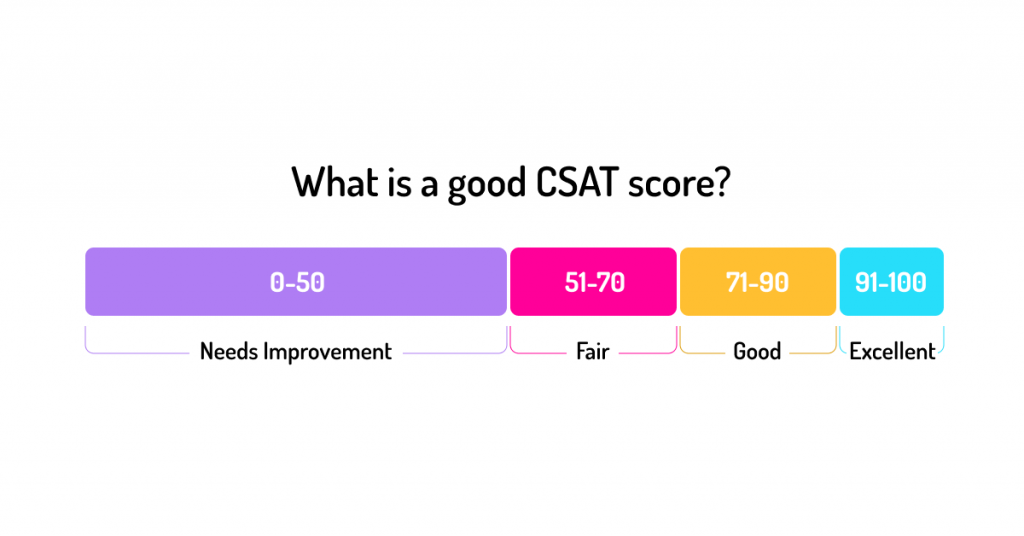
How is CSAT Different from CES and NPS?
CSAT (Customer Satisfaction Score), CES (Customer Effort Score), and NPS (Net Promoter Score) are all customer satisfaction metrics, but they measure different aspects of the customer experience.
CES (Customer Effort Score) measures the effort a customer takes to get their issue resolved, a question answered, a request fulfilled, a product purchased, etc. It helps businesses understand how easy it is for customers to interact with the company from their own perspective.
NPS (Net Promoter Score) measures a customer’s willingness to recommend a company, its product, or service to others. NPS is often viewed as a measure of overall customer loyalty and advocacy, unlike CSAT that only captures customer sentiment at any given moment of the customer journey, which does not necessarily predict customer retention.
The Importance of Measuring CSAT in Call Centers
Satisfied customers are more likely to become loyal over time, leading to increased customer lifetime value and ROI. By consistently measuring call center customer satisfaction scores, managers and leaders can dig deeper into and better understand customer expectations and get valuable feedback from customers. Call centers can then leverage these insights to identify areas that need improvement and make actionable changes that will ultimately enhance customer experience and increase customer satisfaction.
Strategies and Best Practices for Improving CSAT Scores
Regularly measure your CSAT scores
Regularly and consistently measuring CSAT call center score through surveys is the first step towards improving it. The timing of sending CSAT surveys is also critical as it can significantly impact the repose rate and the quality of the feedback received. Here are some of the best times to send out CSAT surveys to customers:
1. After a customer service interaction
The most common time to send a CSAT survey is immediately after the customer’s interaction with a customer service representative. Customers are more likely to share their feedback, whether positive or negative, while the experience of interacting with a company is still fresh in their minds.
2. Following a complaint or issue resolution
Another appropriate time to send CSAT surveys is after a customer’s complaint has been addressed or an issue resolved. These insights will allow you to gauge their satisfaction level with the speed, ease, and quality of your issue resolution process.
3. After product updates or changes
A CSAT survey can be sent if you’ve recently updated a product, introduced new features, or made significant changes to your service. That helps understand how well these changes and updates are being adopted by customers and uncover any issues that may have been overlooked.
4. At key customer lifecycle touchpoints
Customer satisfaction surveys can also be tied to specific touchpoints within the customer lifecycle, such as following a purchase or product delivery or after a customer has completed their onboarding. The feedback gathered can help optimize these processes and improve customer satisfaction.
Improve your AHT and FCR rates
The Average Handle Time (AHT) and the First Call Resolution (FCR) rates are two critical contact center metrics that have a direct impact on overall customer satisfaction; therefore, improving them can instantly increase your CSAT scores.
AHT shows the average time it takes call center agents to resolve customer issues, while FCR shows the percentage of customer requests resolved during the first interaction without customers having to call back. Since today’s consumers highly value the speed and efficiency of customer support they receive from brands, reducing the Average Handling Time and increasing the First Call Resolution rate can greatly contribute to improving your CSAT score.
Invest in advanced call center technology
Call center technology plays a crucial role in your team’s ability to resolve customer issues quickly and efficiently while maintaining high service quality and customer satisfaction.
E.g., integrating VoiceSpin’s call center software with your CRM system enables agents to easily access customer data right as they are handling calls, empowering them to deliver more contextual and personalized experiences.
Leveraging advanced call center software features like an AI speech analyzer, intelligent call routing, real-time call monitoring, queue callbacks, etc., can also help contact centers provide more efficient support, enhance CX, and improve their CSAT scores.
Enhance agent training and coaching
Technology aside, soft skills are equally important in customer communications and delivering the level of service customers would rate as positive. That is why agents should be regularly trained to ensure they have effective communication, problem-solving, and troubleshooting skills.
They must also be able to handle complaints and deal with difficult customers by demonstrating empathy and excellent conflict-resolution capabilities. That ensures your team is always equipped to deliver efficient support and keep customers satisfied.
Act on customer feedback
While consistently gathering customer feedback through post-interaction surveys forms the foundation for improving customer satisfaction, the actual changes are driven by the action. Once you have a pool of feedback from your customers, make sure to analyze it and take actionable steps to implement the changes and improvements requested by customers to better meet their expectations and ensure high satisfaction levels.
Proactively notify customers about the improvements being made to let them know you not only listened to but also acted on their feedback.
Deliver omnichannel experiences
According to the State of the Connected Customer report by Salesforce, 78% of consumers prefer using different communication channels to interact with brands depending on the context. At the same time, 64% of customers expect tailored engagement based on past interactions. Offering customers multiple communication channels to choose from and giving them the freedom to select the most convenient option can help businesses meet customer expectations and improve customer satisfaction.
E,g., with VoiceSpin’s AI Messaging contact center software, businesses can unify multiple communication channels (including email, live chat, WhatsApp, and social media) in a single platform, enabling agents to deliver omnichannel experiences across all of them and improve customer satisfaction.
Provide self-service options
A report by Higher Logic Vanilla revealed that 77% of consumers view organizations more positively if they offer self-service options for customers seeking support. In addition to providing customers with multiple communication channels, offering self-service options can also contribute to improved customer experience and CSAT scores.
That could include AI-powered chatbots, IVR self-service menus, FAQ pages, knowledge bases, or any other resources that can help customers effortlessly locate the necessary information and resolve basic issues independently, without having to reach out to a human agent.

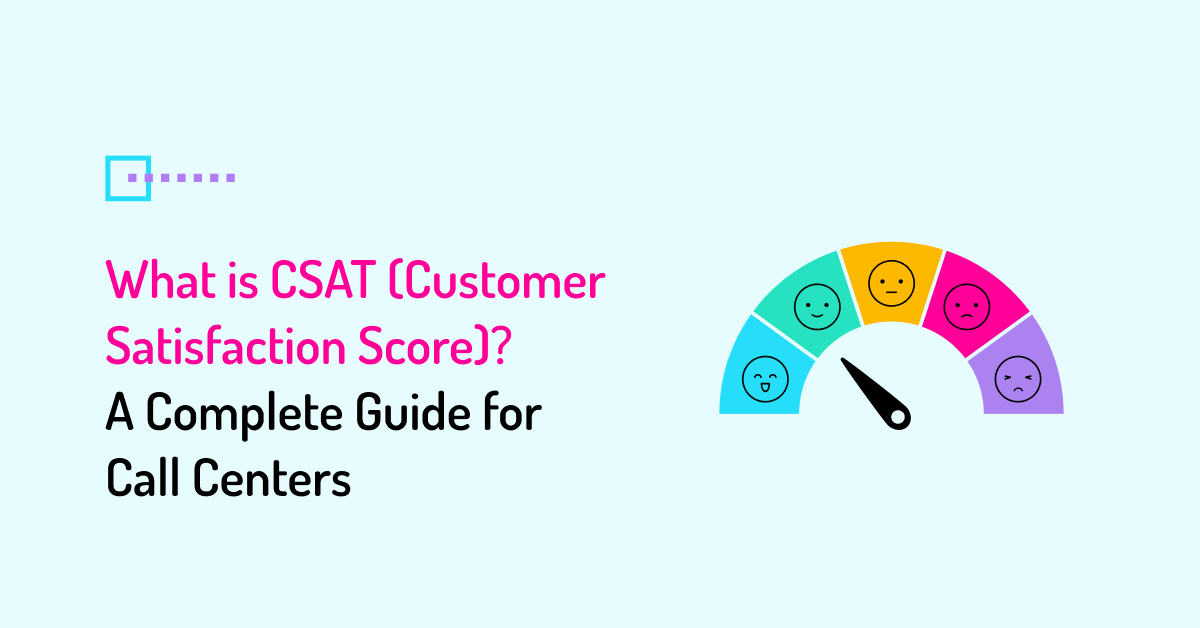
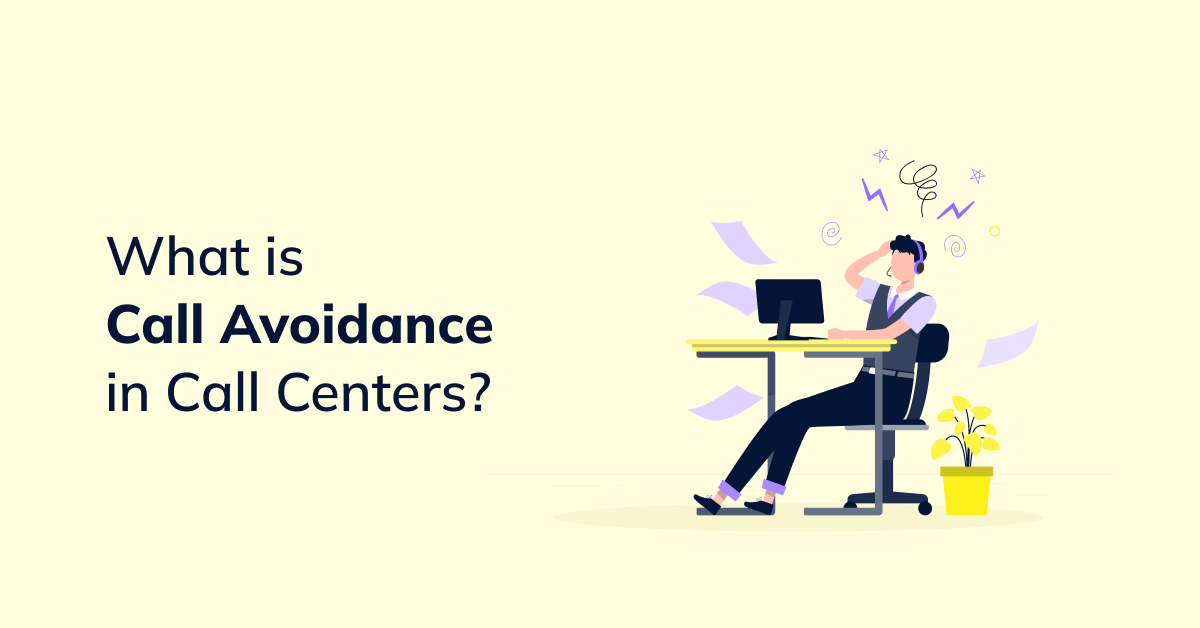
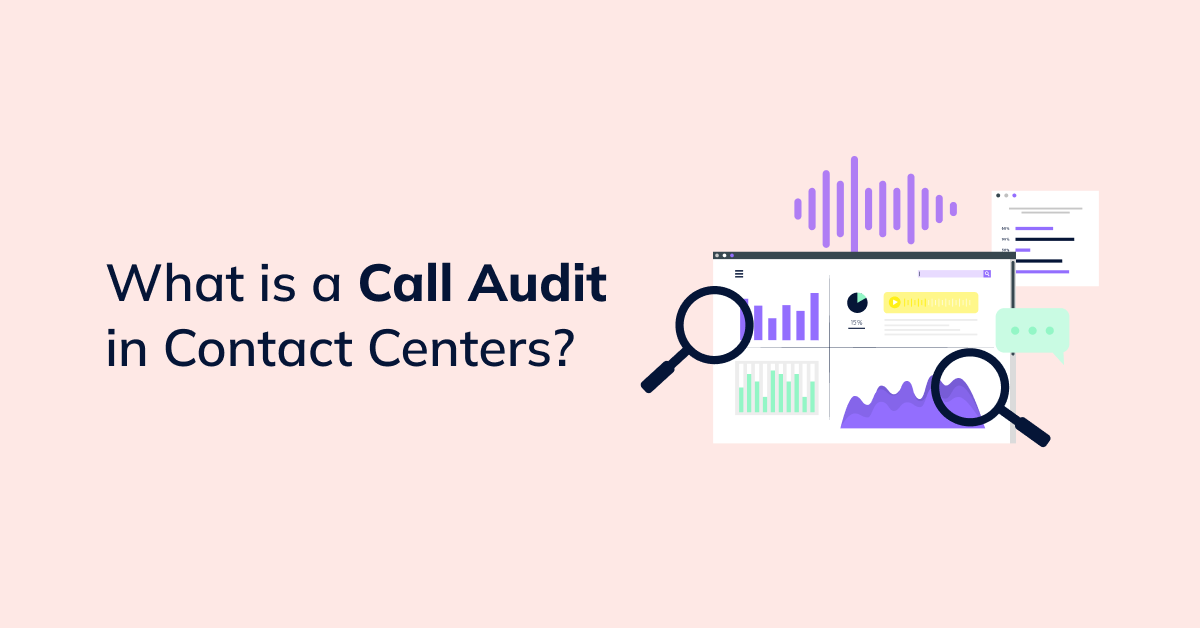
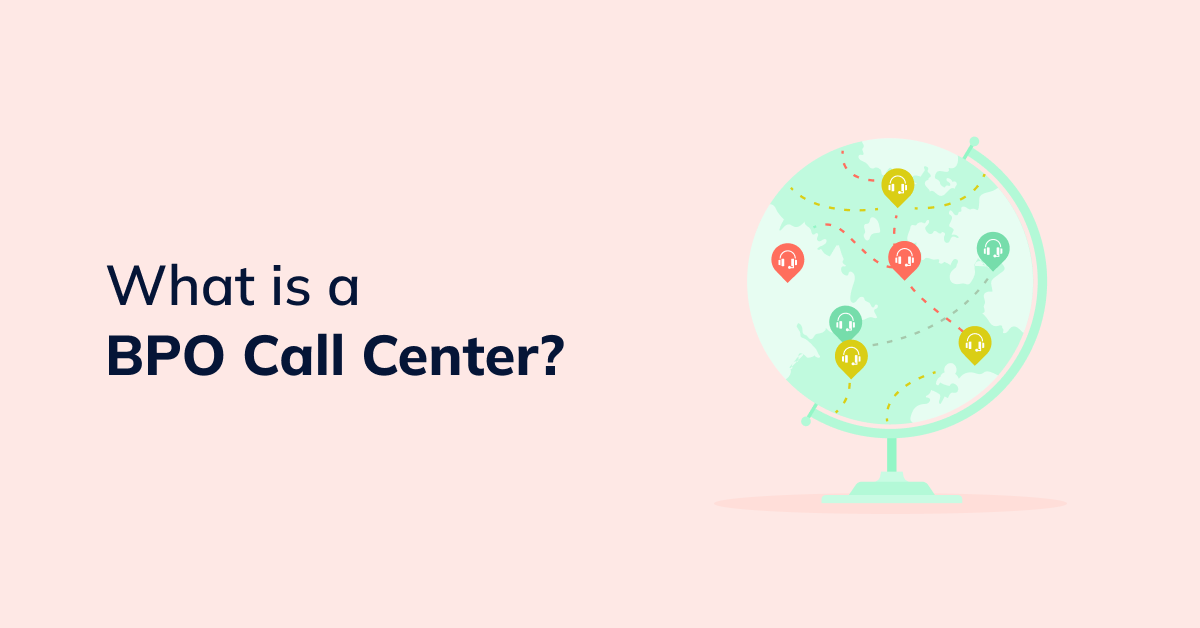
 +18889082995
+18889082995
 +442036084160
+442036084160
 +97237237006
+97237237006